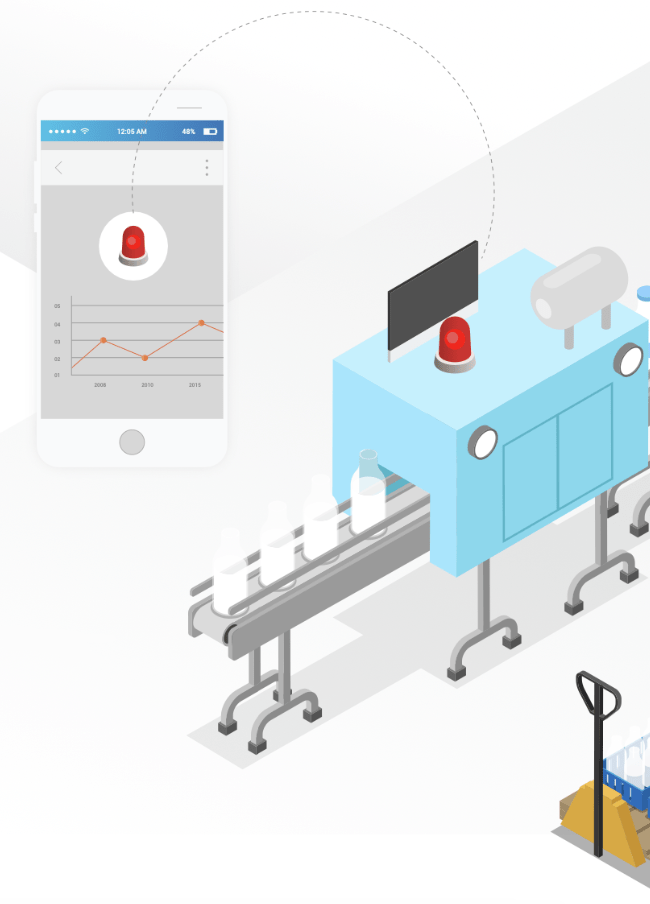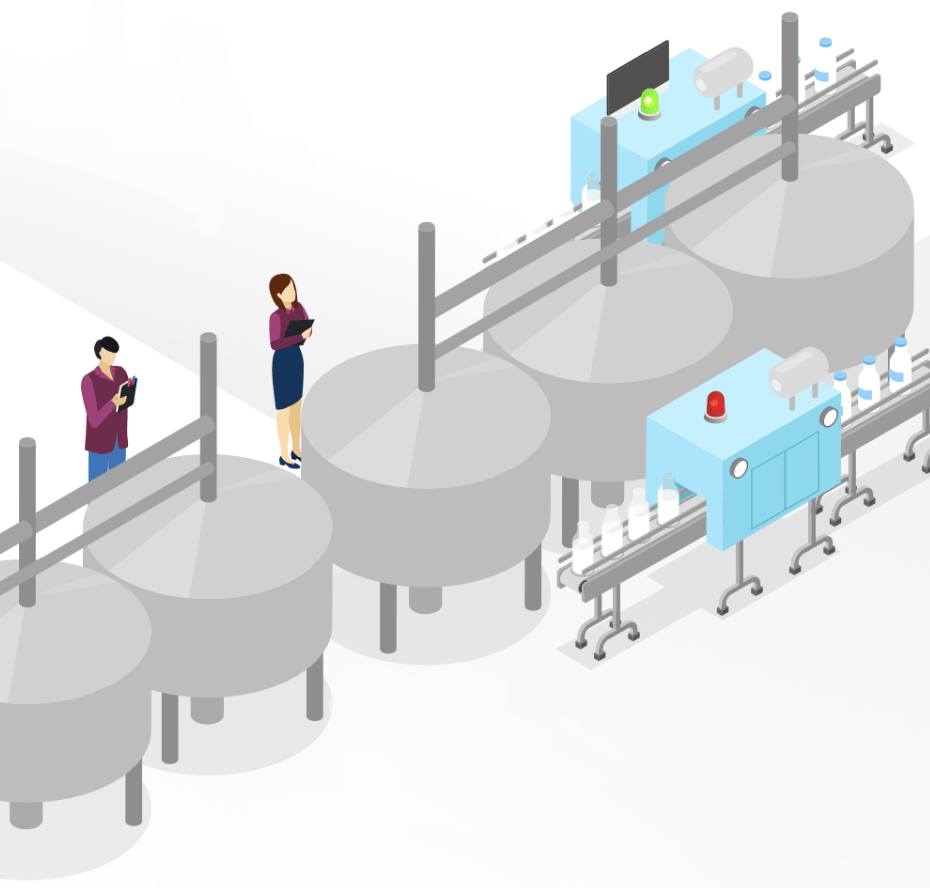A regulated nutritional powder business had more than 2 miles of production processing equipment to make a spray-dried product. With hundreds of inputs and configuration options and each machine generating mass amounts of incremental readings, it was impossible to easily find trends or nuanced insights that could improve productivity, output, and quality.
Looking at the day-to-day output of the line was a grossly oversimplified metric that hid important underlying trends—such as shift output differences, the impact of environmental plant conditions, and more.
With productivity improvements in mind, the company worked to parse their existing data sources into actionable information and create new, simple inputs that could be gathered real-time. The results were astounding.



